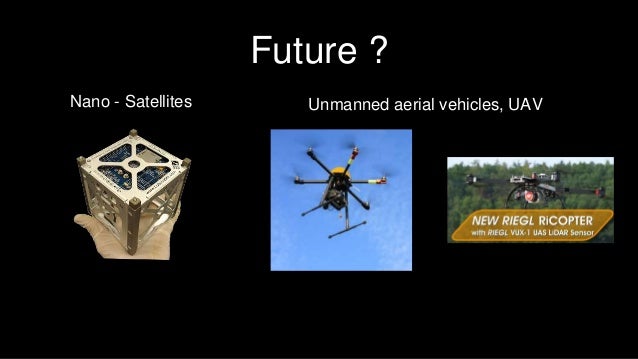
/cdn.vox-cdn.com/assets/1195135/theverge1_1020.jpg)
The ABI on GOES-17 glitched shortly after its launch in 2018 and does not work properly when it is directly facing the sun, which happens at times during the spring and fall. GOES-T will carry largely the same array of technology as previous GOES-R satellites, but its Advanced Baseline Imager (ABI), the main weather imaging system on the satellite, includes an upgraded cooling system. GOES-17 will become a standby satellite once GOES-18 is active the new satellite is expected to operate until about 2030. Together, GOES East and West cover much of the Western Hemisphere, from New Zealand to the western coast of Africa. The new spacecraft will replace GOES-17, which is currently serving as GOES-West. No visible upcoming passes: This means that there will be no visible overflights of this satellite in your region soon.GOES-T, which will become GOES-18 once it reaches orbit, will join GOES-16, which was launched in 2016 and is serving as the GOES-East satellite. TOTAL DURATION: This is how long the satellite is visible to you in total during its overflight. Conversely, a low value such as 10° means that the satellite is only visible just above the horizon.ĮND AZIMUTH: Corresponding to START AZIMUTH, here you are informed where (in degrees) and when exactly the visible overflight of the satellite ends. The maximum elevation can be 90°, which would represent a flyover directly above you. MAX ELEVATION: This tells you in degrees at what altitude a satellite is passing. Example: A degree of 45° corresponds to a northeastern viewing direction. The direction north is described by 0° or 360°, east by 90°, south by 180°, and west by 270°. This is indicated by a clockwise number of degrees. Moreover, you learn in which direction the overflight will start. START AZIMUTH: Here you are shown on which day and at what time the visible overflight starts. Below the satellite map, the next visible overflights for your current position are displayed in the blue infobox: On the satellite map, you can see the current position and the trajectory of the satellite. It will show you the current position of the ISS and its trajectory. When will the ISS space station be visible to you? Find out now with the LIVE satellite radar for the ISS. At times, the space station is much brighter than most of the stars surrounding it in the night sky. The ISS is easily visible to you as an observer with the naked eye. This is purely for economic reasons: If you wanted to launch a satellite into an east-west orbit using a rocket, you would need significantly more fuel for the transport, since you would have to “fight” the rotation of the Earth, so to speak. Since the Earth rotates from west to east, you will not see a satellite flying from east to west. from north to south or vice versa) or fly from west to east. There are two major trajectories used by satellites: Either satellites move in a polar orbit (i.e. Outside this period, you will not be able to see satellites. This is mostly the case until 2 hours after sunset or before sunset. It does not matter whether you are in the United States, South America or any other country: Satellites only become visible when they reflect sunlight to earth.

When and where are satellites visible? Impressive: the launch of a SpaceX rocket carrying satellites into Earth orbit. When it is dark on Earth, but the satellite is still flying in the sunlight, you will be able to detect a satellite best. Satellites only become visible when their sun sails reflect the light of the sun and throw it back to the earth. The distance is simply too long for that. However, one would not be able to perceive the illumination of the space station with the eye to Earth anyway. An exception is the ISS, which is illuminated. They thus differ from other flying objects such as airplanes or helicopters in the night sky, which are equipped with strobe lights or position lights. Satellites themselves are usually not illuminated. The prerequisite is that the sky is cloudless and the clear view is not disturbed by (high) fog. Yes, principally you can see satellites flying in the night sky every night.


 0 kommentar(er)
0 kommentar(er)
